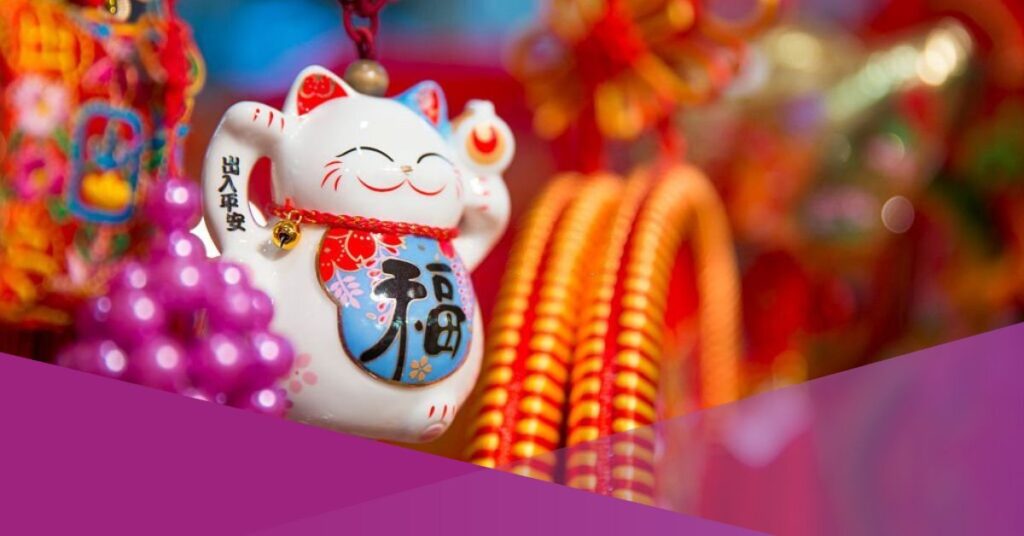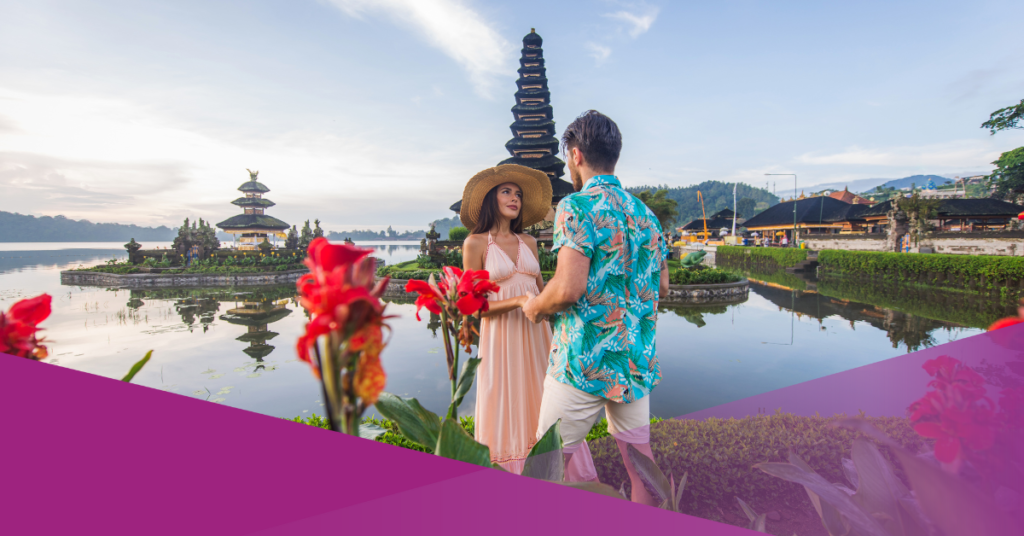Chinese New Year is the change of year in the Chinese calendar. Besides celebrating the new year, the Chinese New Year is also considered the right moment to give thanks for the successes achieved over the past year.
In addition, on this Chinese New Year, we also ask for good luck in the coming year. It is not surprising that every year there is always a Chinese New Year tradition in Indonesia that is carried down from generation to generation.
Every household usually has an annual event to celebrate the Lunar New Year. However, there are certain traditions that Chinese people follow during Chinese New Year, and they always keep them. Here are the usual rituals that take place during the Chinese New Year.
1. Sending Angpao to Relatives
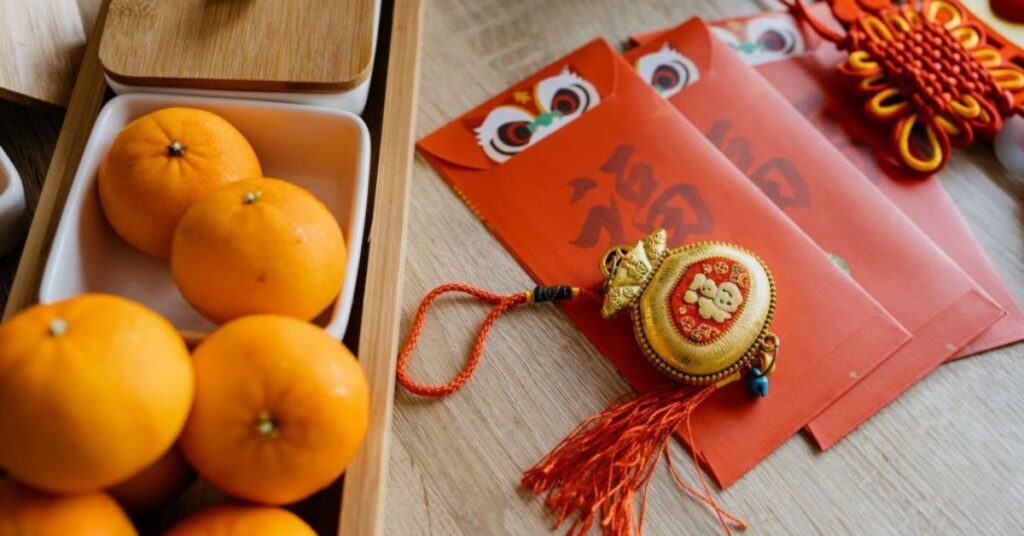
Angpao is one of the most awaited Lunar New Year traditions for any Chinese. This Angpao sharing moment is mainly given to families and relatives who are elderly or married but still single. The red color symbolizes good luck, goodness, and prosperity.
Angpao actually has hope and describes the feeling of joy for those who receive it. So this Angpao tradition becomes one of the important things in New Year. It’s best if the nominal number 8 brings good luck.
2. Decorating Houses with Red Things
People clean their homes thoroughly before the Spring Festival. This symbolizes clearing away the past year’s misfortunes and preparing the house for good luck.
Red is considered the bright color of the Chinese New Year and is the primary color of the festival as it symbolizes prosperity and energy to ward off evil spirits and negativity. Red lanterns are hanging in the street. A red couplet and a picture of the New Year are pasted on the door.
The use of red has become one of the hallmarks of Chinese New Year celebrations, from home decorations to clothing colors. The reason is that this color symbolizes prosperity, luck, and also strength. Not only that, but people also believe that the red color can drive away wild creatures or a type of Nian that can disturb humans, especially small children.
3. Family Reunion Dinner on Lunar New Year’s Eve
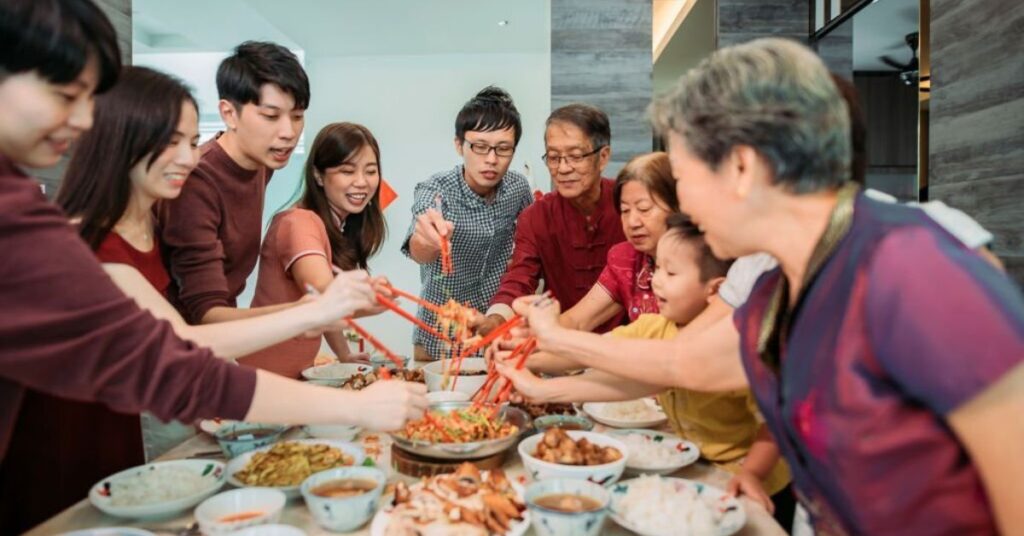
Dinner is the most important event for all Chinese people celebrating the Chinese New Year. This activity is a gathering for the whole family. No matter how far they traveled, everyone did their best to get home to be reunited with their families.
Generally, the food served is self-cooking. Fish dishes are a must on the table because the pronunciation of fish, i.e., ‘Yu,’ means ‘excess,’ both in household supplies and wealth.
Also Read: 8 Rooftop Bars To See Sunset, Chill, and Networking
4. Cleaning House

During Chinese New Year, cleaning the house usually becomes a tradition to remember. This activity is done to eliminate all the bad things preventing happiness from entering the house. Prosperity is believed to be undermined.
However, there will be no house cleaning on the first day of the Chinese New Year. Cleaning the house during the Chinese New Year is believed to throw away good luck and wealth for the new year.
5. Barongsai
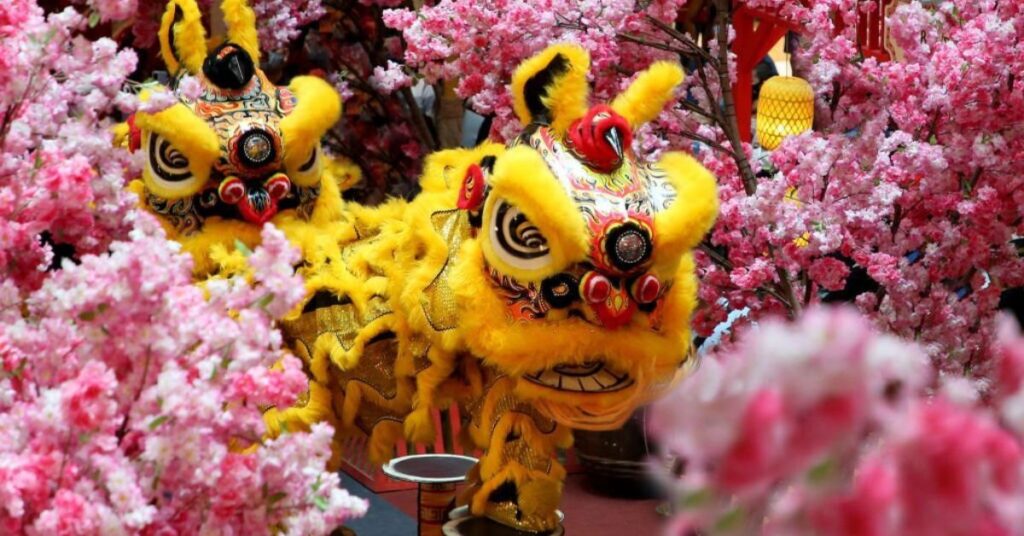
The Chinese community still preserves the lion dance attraction during the Chinese New Year celebrations. Baringsai usually performs acrobatics by two people.
They are dressed like lions, one burying their backs and the other of him controlling the back of the lion’s body. More than just an attraction, this show begins with the story of a monster that resides in a village on the plains of China. After that, the residents decided to dress up as lions and drive away the demons.
The tradition of the lion dance as a symbol of good luck, fortune, and the summoning of evil spirits is firmly established.
6. Pray In The Temple
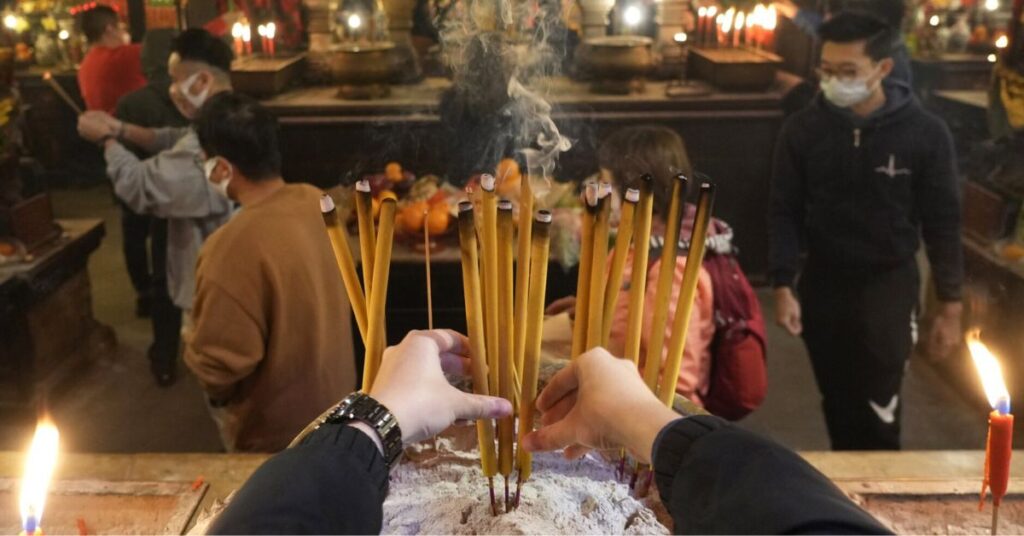
After the meeting, many people usually continue the tradition of offering prayers to temples or building altars in their homes. The purpose of this procession is to pray for deceased ancestors.
Before the Lunar New Year, many people at home offer food such as fruits, cakes, and meat to pray. However, this prayer is usually performed by Buddhist and Confucian Chinese.
7. Eat Certain Food
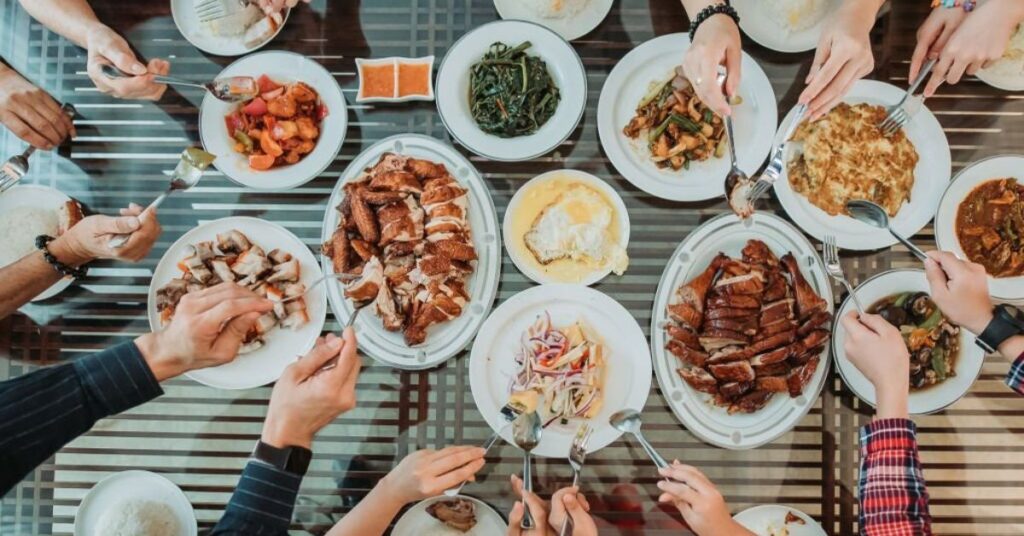
Chinese New Year celebrations have special foods with auspicious meanings, such as Longevity Noodles (Siu Mie) are believed to bring longevity to those who eat them consistently.
Yusheng is a special Chinese New Year salad with vegetables, fresh fish, and other ingredients. Before eating, the salad should be stirred and lifted as high as possible to symbolize good luck.
Dumplings are a type of Chinese dim sum, usually made in the form of a bag. Its shape and name are similar to old Chinese currency. This dish is believed to bring prosperity and happiness to all who eat it.
Vegetable stir-fry is one of the must-have dishes for Chinese New Year celebrations. Rich in vitamins and dietary fiber that are good for the body; it is not only healthy but also said to bring harmony and happiness. Green vegetables are also a symbol of prayer for parents to live a long and healthy life.
8. Firecrackers and Fireworks
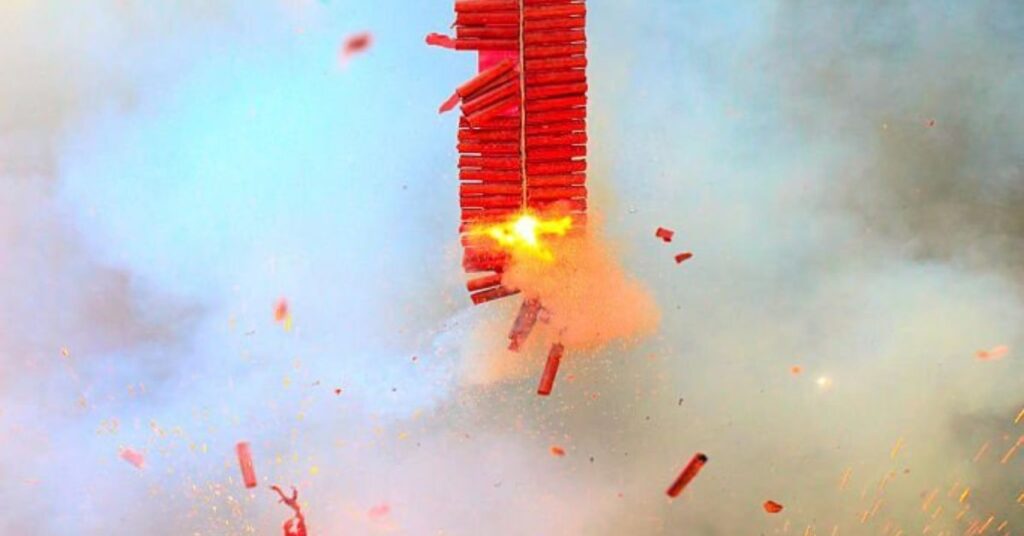
One of the popular activities at Chinese New Year celebrations is setting off firecrackers. The lively Chinese New Year celebration would be incomplete without fireworks and firecrackers, which are in the form of red paper rolls.
Usually, people will stay up late to set off firecrackers. It is also meant to welcome the new year and scare away evil spirits from the previous year. In several places in China, there are fireworks displays in public places.
